- Ontology-Based Approach to Rice Disease Identification and Control Assignment
- A. Development of ontology
- Question 1.
- Question 2. The information gets on the rice diseases in the ontology
- Question 3.
- Question 4.
- B. Discussion of AI in society
- Question 1.
- Q.2. There are some ethical challenges in AI
- Question 3.
Ontology-Based Approach to Rice Disease Identification and Control Assignment
Facing assignment stress? Unlock Assignment Help Online with expert UK writers who deliver custom, A+ quality work. Save time and meet deadlines without breaking the bank. From research to revisions, we’ve got you covered. Click here for a free quote and start your path to academic excellence!
A. Development of ontology
Question 1.
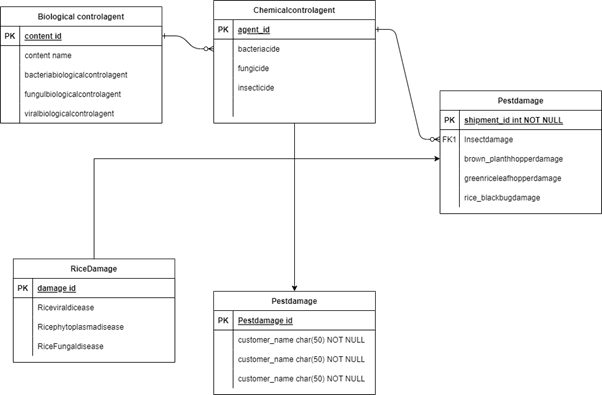
Figure: ER diagram of the ontology classes
A censorious challenge in rice farming is to handle rice diseases and pet insects that affect plants. There are common diseases for the growth of rice:
- Rice neck blast- The fungus is caused for the rice neck blast and it can affect all the above parts of the ground (Rodríguez-Garcíai et al. 2021).
- Rice leaf blast- caused is that infected by the fungus and a leaf blast cab kill the seed.
- rice false dirt- Rice false dirt causes chalkiness and it can reduce gain weight.
- Rice sheath blight- One of the most common diseases in rice sheath blight.
- Rice brown spot - It is a fungal disease that affects leaves, glumes, leaf sheaths, etc.
- As per the view of Wang et al. (2022), rice bacterial strip - It affected rice seeds and symptoms of the disease was divided into four types.
The ontologies cover the many rice disease and insects and introduce a framework for rice diseases and control the identification of the diseases.
Question 2. The information gets on the rice diseases in the ontology
- Observation- The finding of abnormalities appearing on a rice plant and a user used ‘rice man to build observation information digitally that constitutes the observed abnormality.
- As per the view of Zarembo et al. (2021), the possibility of diseases- Find the possible diseases, both direct and indirect diseases keep in touch with an observation, the user uses logical reason to observe the logical relationships defined user for the identification of.
- Observation composed- The fact is concerned that some rice diseases and insects are infectious to nearby localities.
- Possible controls- Considering control possibilities for disease and disease based on knowledge.
- Possible transmittable disease- The user considering composed monitoring for the identification of results can be divided into (1) possible diseases with regard to distance and time; and (2) possible transmittable diseases with regard to distance and time.
Question 3.
Rice disease identification in rice plants is an important problem for farmers in rice production and the depletion of loss in crop fields. A number of techniques deal with the problems of identifying rice plant disease. Focuses on the observed abnormalities of rice plant diseases and concentrates on image patterns. Present systems do not support a framework to find disease s and denotations of an affected rice plant. Proposed by an ontology-based approach to the model of rice plant diseases and exhibits an approach to building a rice disease of ontology. The ontology helps identify existing symptoms of rice plant diseases. Constructing ontology is reused the knowledge of symptoms related to rice plants. The ontology proposed developing a system for architecture and the system compatible with the model of ontology. Present day, people know how to use ontology and the farmers deal with rice diseases transformed into an ontology model or concept. The uses of formation relationship with the properties and concepts described in the ontology. As per the view of Piedra et al. (2018), a user may select to involve monitoring made within a particular distance and time in user consideration of the disease verification. Four types of diseases are brown stripes on a leaf, inhibition of germination, abnormal elongation, and curving of a leaf sheath.
Question 4.
A empire ontology does not aim to list all ideas in an empire, but rather to create conceptual knowledge in an empire. At the core of ontology is a model of ontology, which is architecture. The ontology classifies assembly knowledge across three main dimensions: context. Concept, and modality. Context allows for tying up concepts in a variety of paths building different worlds. The concept compasses five types: entity, system, abstract concept, attribute, and environmental element. Modality stands for generating various types of described ideas.
The rice cultivation system handles a huge critical situation which can be addressed as rice diseases. This agriculture-based solution is based on the topic of rice disease identification, which can be a huge benefit for the agricultural system. This design description is based on the identification of all the possible rice diseases and their controls. A basic model of ontology is designed for addressing all the rice disease-related issues and to support the interoperability of the ontologies. Different knowledge sources are used for the proper maintenance of the information. This information area is based on different research. In this design mechanism proper nine classes are included in the Rice disease part and a total of 11 no of the object property is included in the “object property hierarchy”. This is all shown in the images. All of the properties have sub-properties.
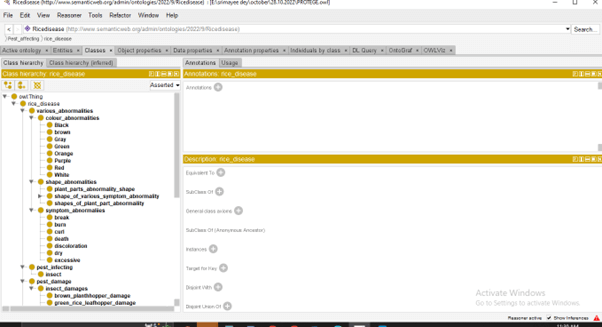
Figure 1: Different classes of rice disease
They are also clearly mentioned in the chart. Here the rice disease has used the chart called various abnormalities for a special purpose. This axiomatized the whole group of diseases with various characteristics and they can happen together for a particular type of disease. If an example is taken like “the rice brown spot fungal disease” where this whole abnormality chart is used for the proper characterization of the leaf in which during the growth stage of tillering a light yellow spot of halo shape can be seen. This is how these groups can be illustrated. Another thing can be shown is the insect in the group of pest insects. This pet damage chart is basically showing all the different types of damage done by the pests. The chart of different types of disease includes 14 numbers of diseases and those are properly categorised based on a total of four classes and they are fungal disease, a bacterial disease, phytoplasma disease, and plant viral disease.
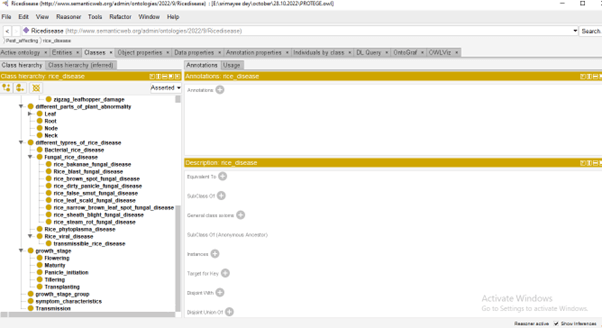
Figure 2: Different classes of rice disease
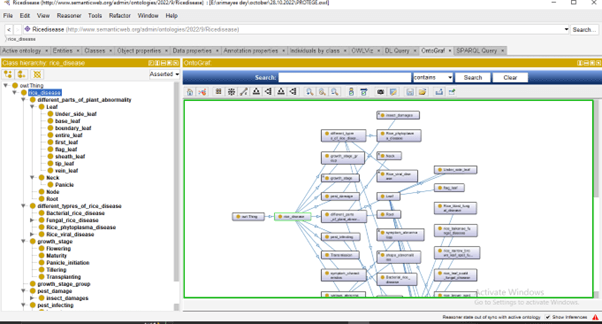
Figure 3: OntoGraph created based on different classes of rice disease
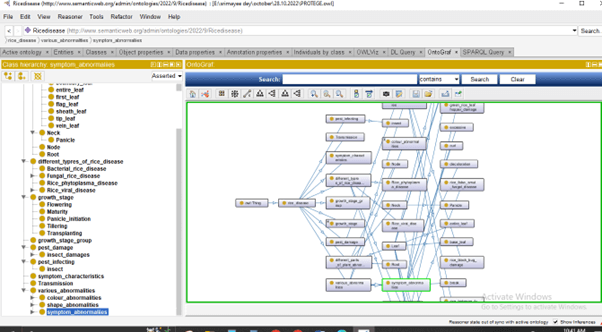
Figure 4: OntoGraph created based on different classes of rice disease
These OntoGraph are created based on different classifications of the rice disease. These Ontograph show the interconnection between the different diseases and the possible outcomes based on that.
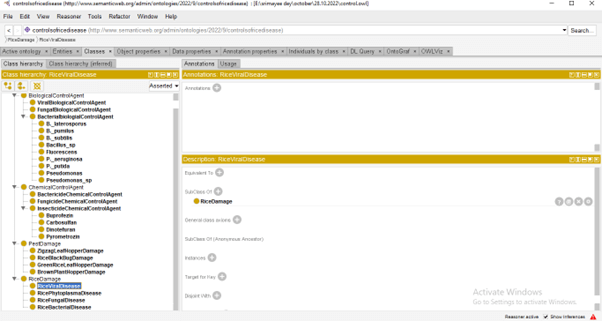
Figure 5: The structure of ontology based on the rice disease control agents
This part explains the disease control agents. This part is showing all the possibilities of disease control. Various types of biological and chemical control methods are explained here using ontology. All types of classifications are provided here. Classifications of various control agents are included. Various classifications in the disease control chart include pest disease control along with rice disease control methods and their subcategories are also mentioned in the chart.
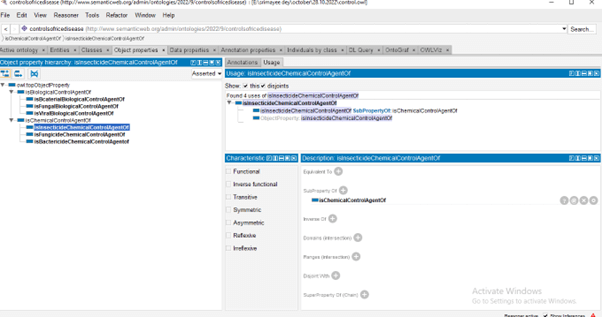
Figure 6: Various object properties are shown based on the rice disease control agent
Various object properties are shown based on the provided properties and classification. Various properties of biological and chemical agents for disease control are shown here. Also, the connection and various classifications are shown in this object's properties. This basically creates the chart based on the different properties described here.
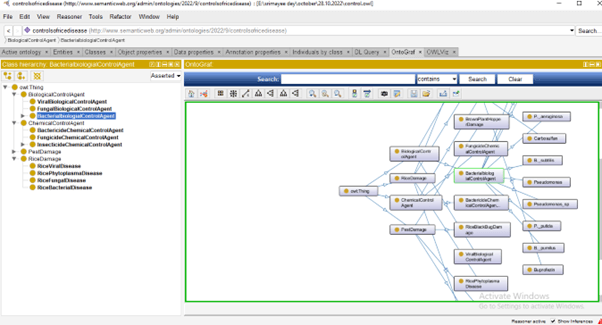
Figure 7: OntoGraph is represented based on the various classification of rice disease control agent
This is the OntoGraph, which represents various disease control measures and their classifications. This is also providing the concept of how every measure and its subcategories are interconnected with each other.
B. Discussion of AI in society
Question 1.
Because AI tries to build computers or systems that are copies of human behavior and also copy human tasks. But human intelligence adapts to new elements by combining a variety of intelligible processes. The machine can understand only digital language but the human brain functions as an analog. AI computers have depended on information and particular instruction given by systems but humans use the mammalian brain’s capacity, memory, and ability to be used or decided by humans. Learning from many incidents and past experiences is the center of human intelligence. It’s learned from blunders or trials in one’s life, whereas AI falls small as a robot in this consideration.
Q.2. There are some ethical challenges in AI
- Inactive - Primarily with automation concerned by the hierarchy of employment.
- Inequality - Economic system is based on recompense for donations to the economy.
- Artificial stupidity - Users are human or machine when intelligence comes from instruction.
- relationships and conversations.
- Security - It can be used for wicked causes as well as good.
- Racist robots - Though AI is efficient in the speed and space of processing that’s far off that of humans.
- Robot rights - In present days, these systems are justly external, but they are becoming more compound and life-like.Humanity - AI robots are becoming advanced and advanced at the model of humans.
Question 3.
Explainable AI is a bunch of processes and techniques that allow humans to trust and understand the output created by machine learning algorithms. It is used to describe an AI model and it is anticipated impact and possible biases. It helps categorize the model as accurate, impartial, and transparent and results in AI decision-making (Linardatos et al. 2020). The most accepted technique used for ‘local interpretable model-agnostic explanations’. It explains the forecast of classifiers by the algorithm. It requires one key to implement responsible AI and it is promoted by a business to continuously manage and monitor. Explainable AI also helps to encourage end-user trust, productive use, and model suitability of AI.
References
Linardatos, P., Papastefanopoulos, V. and Kotsiantis, S., 2020. Explainable ai: A review of machine learning interpretability methods. Entropy, 23(1), p.18.
Piedra, N. and Caro, E.T., 2018, December. EntreCompOnto: An Ontology for Semantic Representation of Entrepreneurship Competences. In 2018 IEEE International Conference on Teaching, Assessment, and Learning for Engineering (TALE) (pp. 1113-1118). IEEE.
Rodríguez-García, M.Á., García-Sánchez, F. and Valencia-García, R., 2021. Knowledge-based system for crop pests and diseases recognition. Electronics, 10(8), p.905.
Wang, J., Yang, C., Hu, X., Yao, X., Han, L., Wu, X., Li, R., Wen, T. and Ming, L., 2022. Lauric Acid Induces Apoptosis of Rice Sheath Blight Disease Caused by Rhizoctonia solani by Affecting Fungal Fatty Acid Metabolism and Destroying the Dynamic Equilibrium of Reactive Oxygen Species. Journal of Fungi, 8(2), p.153.
Zarembo, I., Teilāns, A., Bartulsons, T., Sokolova, O., Litavniece, L. and Nikolajeva, A., 2021, June. Apple and Pear Scab Ontology. In ENVIRONMENT. TECHNOLOGIES. RESOURCES. Proceedings of the International Scientific and Practical Conference (Vol. 2, pp. 199-204).



